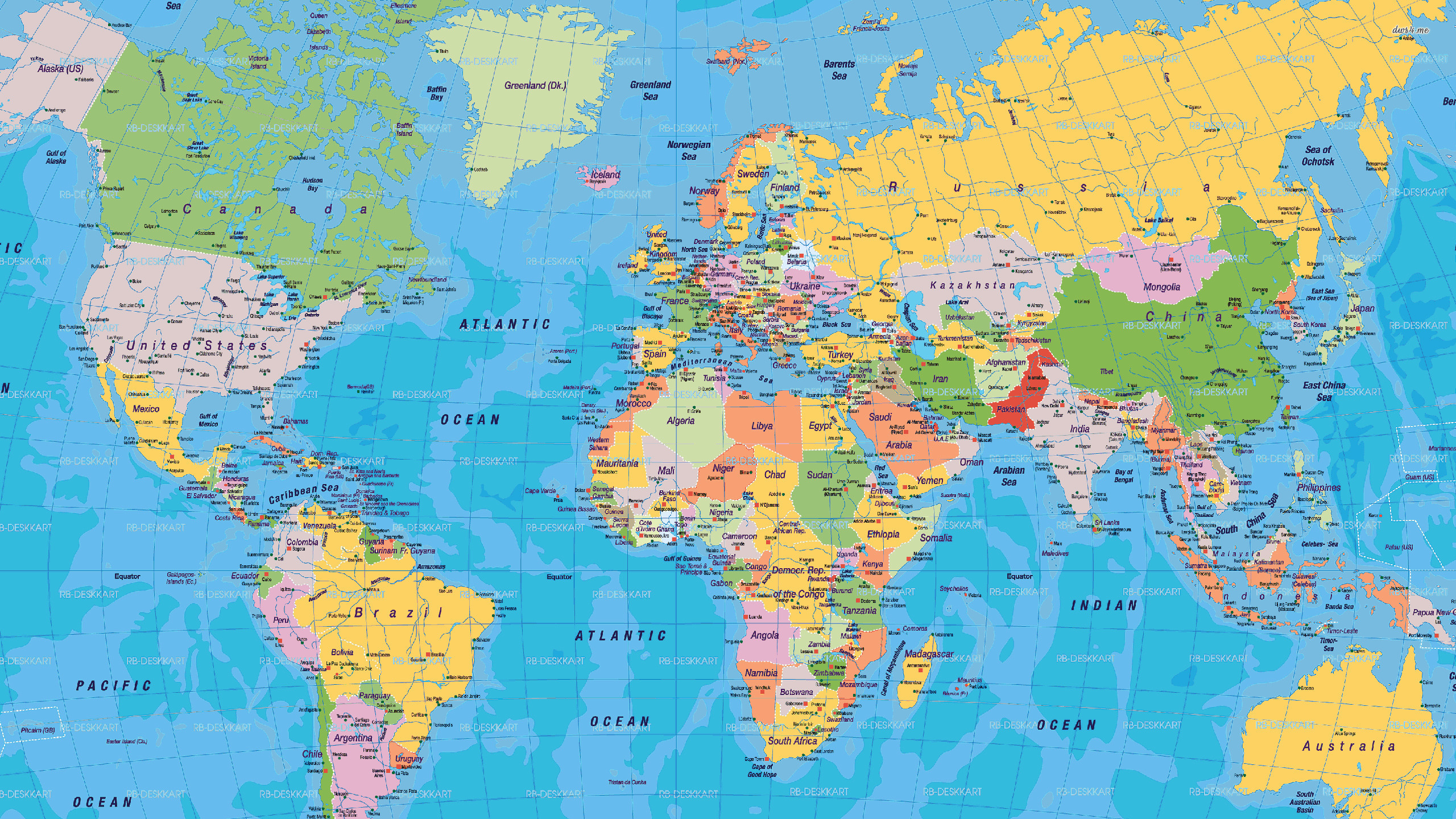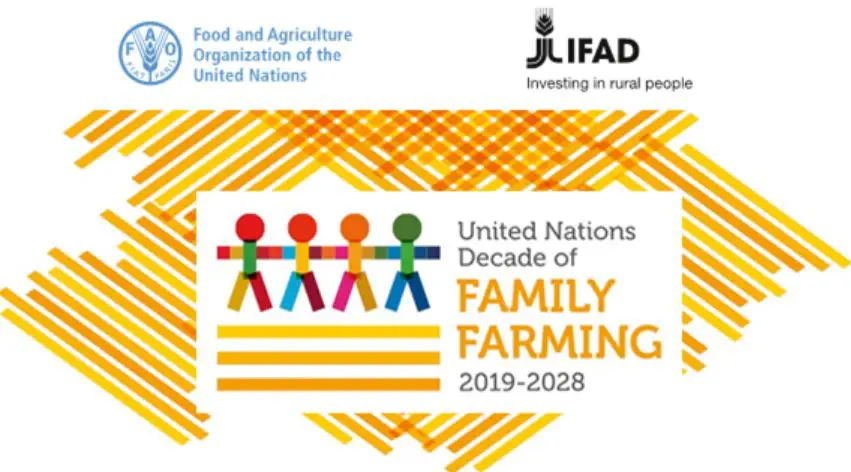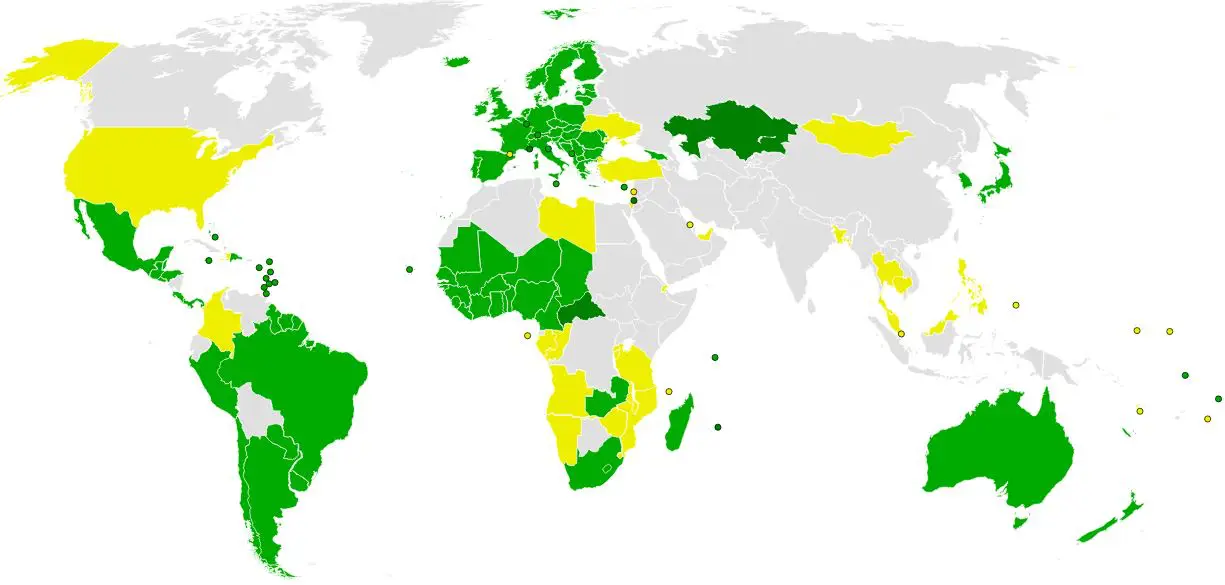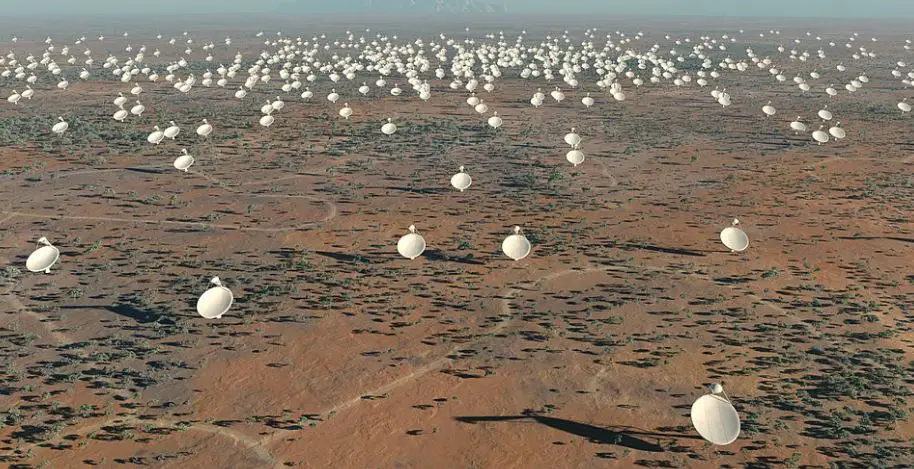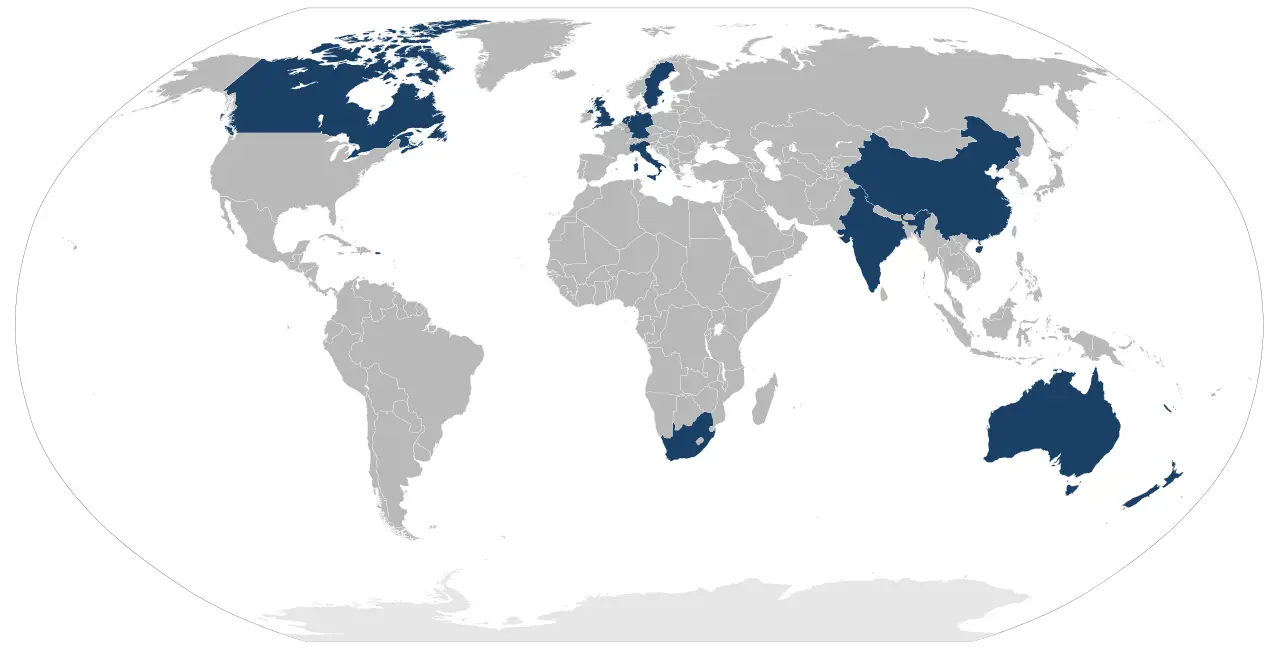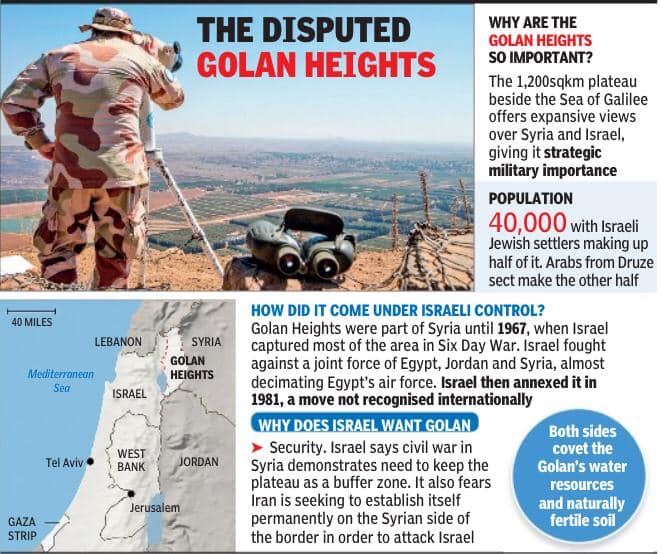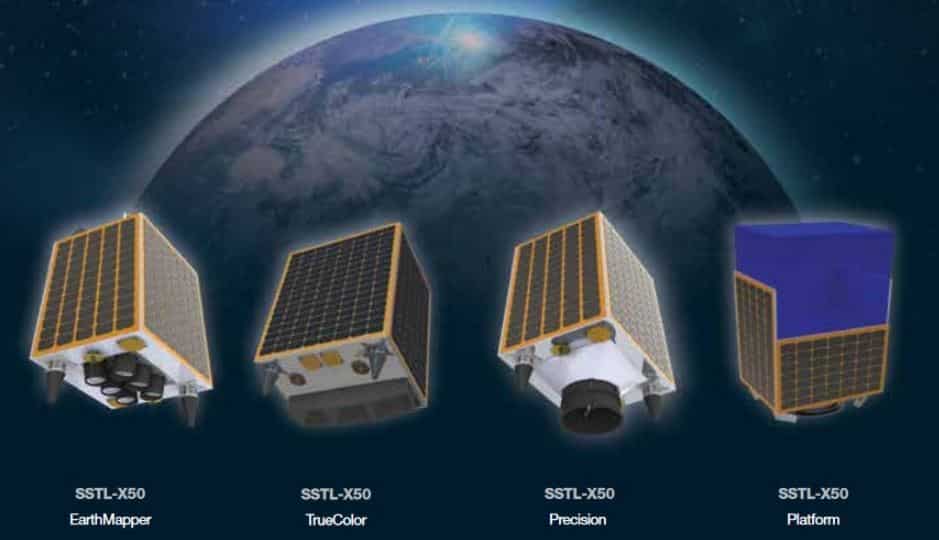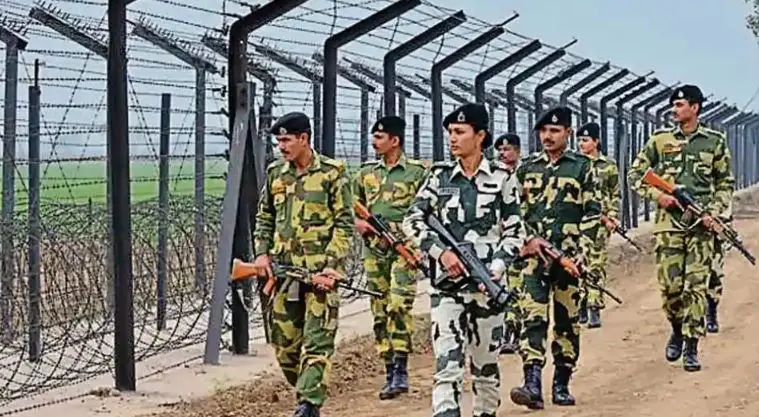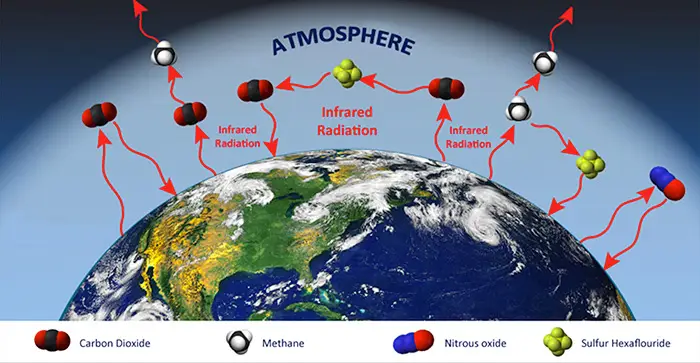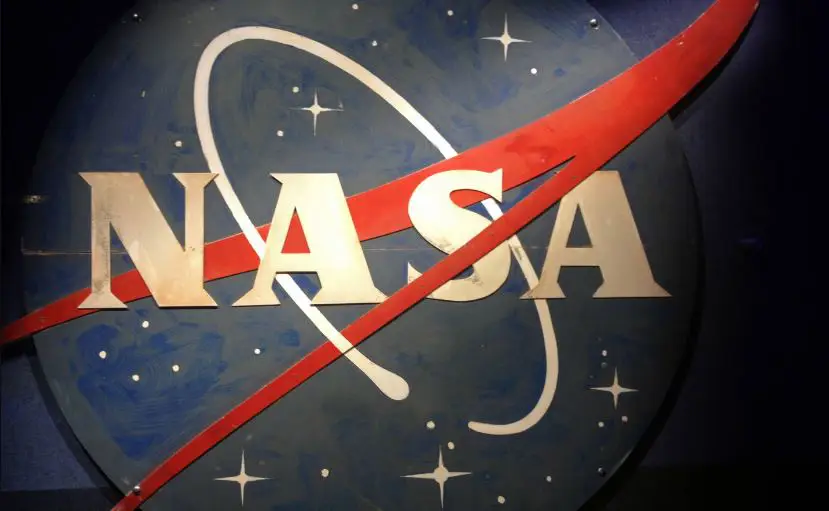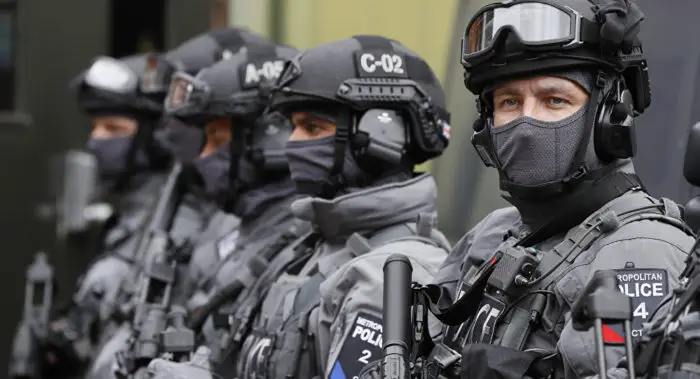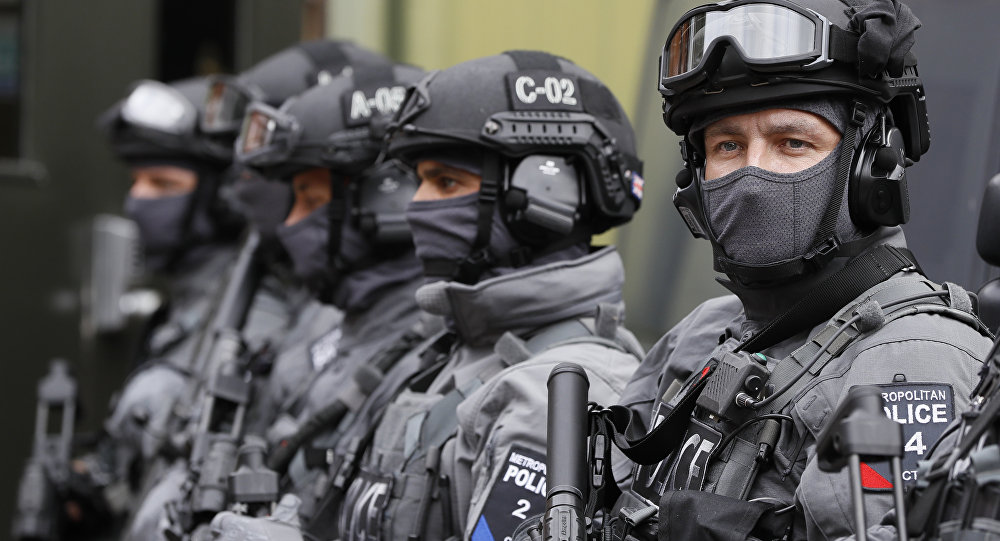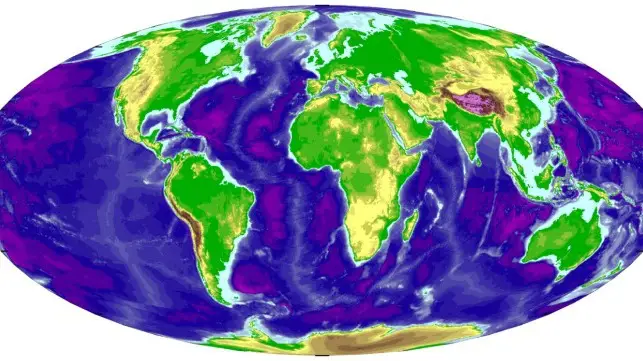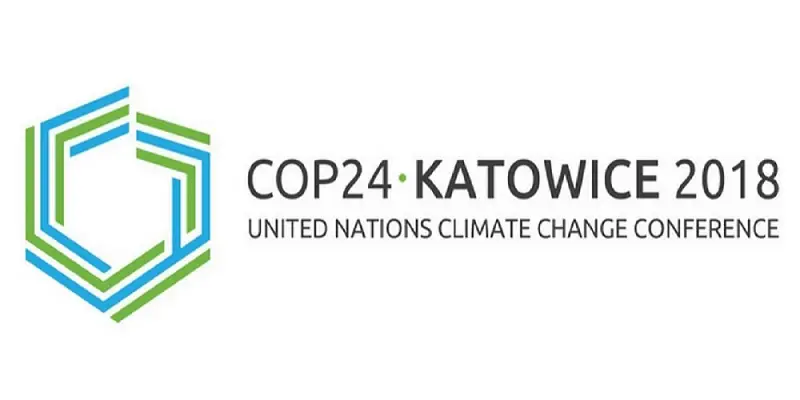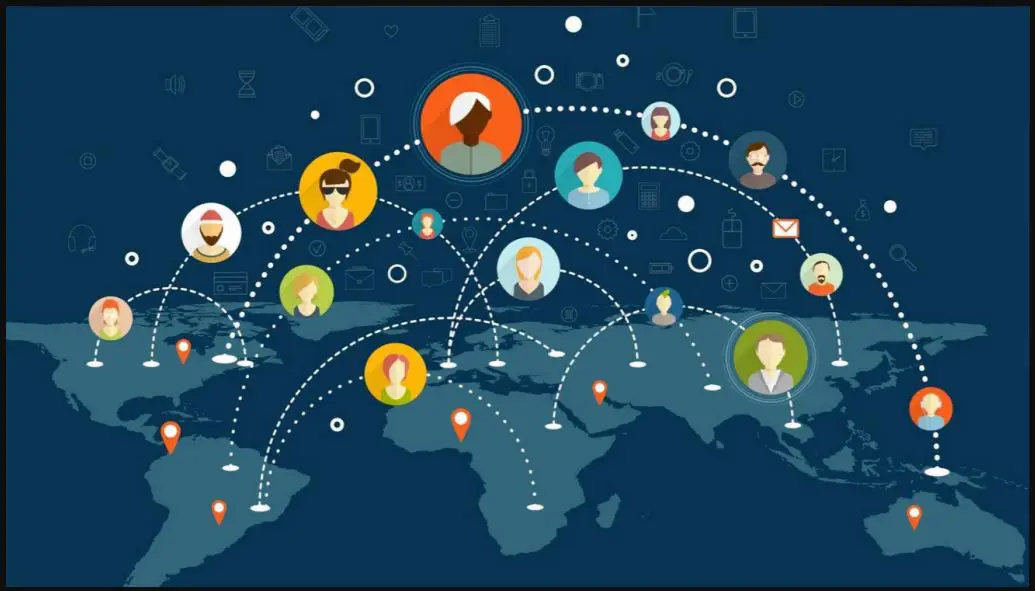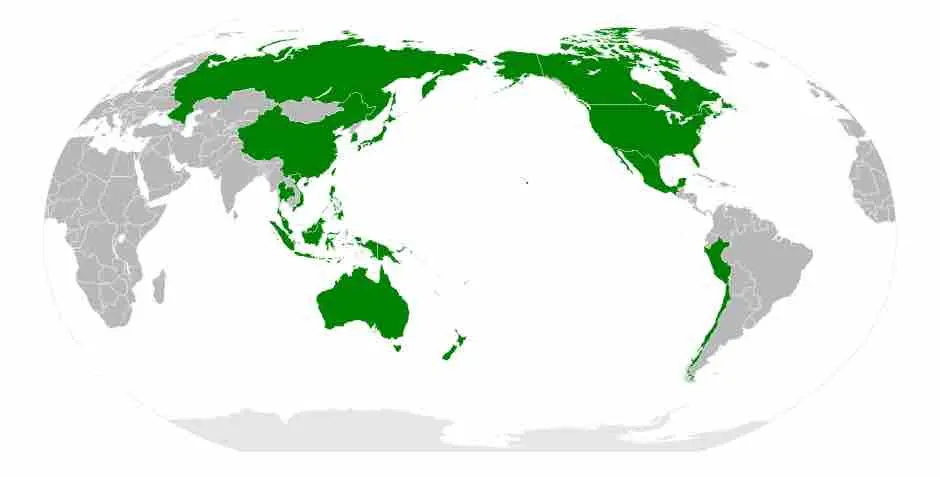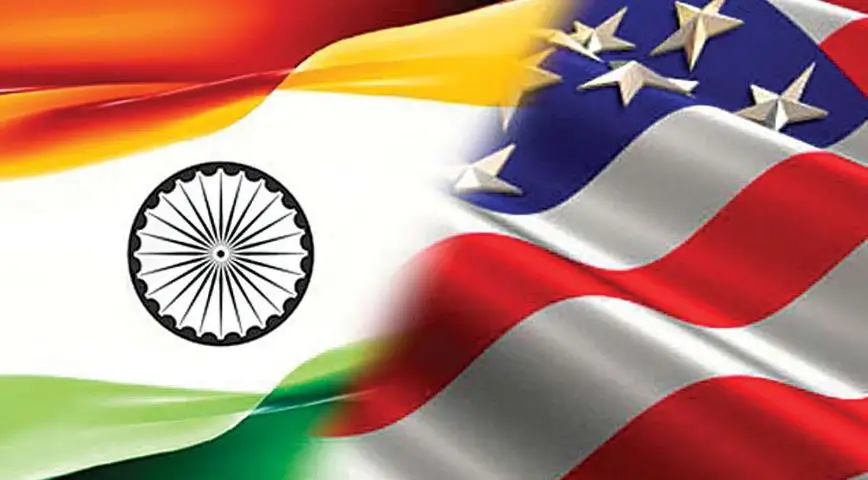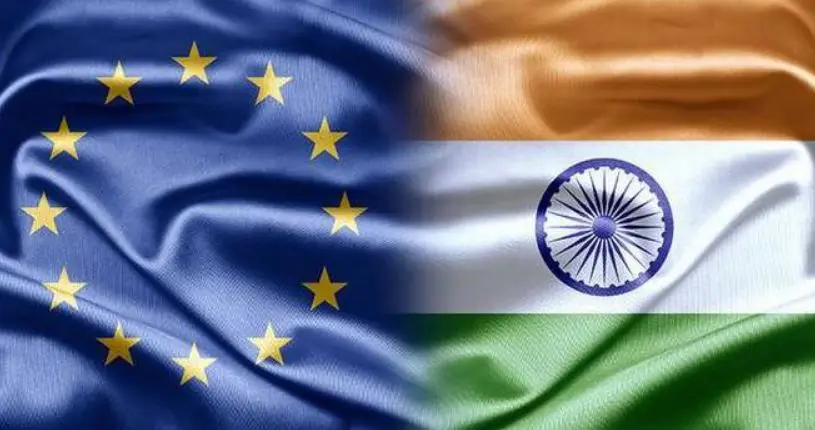| No. |
Organizations |
Reports |
| 1 |
The Energy Report & Living Planet Report |
WWF (World Wildlife Fund) |
| 3 |
World Intellectual Property Report (WIPR) |
WIPO (World Intellectual Property Organization) |
| 4 |
Global Competitiveness Report (GCR) |
WEF (World Economic Forum) |
| 5 |
Global Energy Architecture Performance Index Report |
WEF (World Economic Forum) |
| 6 |
Global Environment Performance Index 2016 |
WEF (World Economic Forum) |
| 7 |
Global Gender Gap Report |
WEF (World Economic Forum) |
| 8 |
Global Information Technology Report |
WEF (World Economic Forum) |
| 9 |
Global Risks Report |
WEF (World Economic Forum) |
| 10 |
Human Capital Index |
WEF (World Economic Forum) |
| 11 |
Network Readiness Index |
WEF (World Economic Forum) |
| 12 |
Travel and Tourism Competitiveness Report |
WEF (World Economic Forum) |
| 13 |
World Power Language Index |
WEF (World Economic Forum) |
|
Inclusive Development Index |
WEF (World Economic Forum) |
| 14 |
Global Slavery Report |
Walk Free Foundation ( Australia-based human rights group ) |
| 15 |
Global Report on Trafficking in Persons |
UNODC (United Nations Office on Drugs and Crime) |
| 16 |
World Drug Report |
UNODC (United Nations Office on Drugs and Crime) |
| 17 |
World Wildlife Crime Report |
UNODC (United Nations Office on Drugs and Crime) |
| 18 |
World Happiness Report |
United Nations Sustainable Development Solutions Network |
| 19 |
World Risk Index |
United Nations University Institute for Environment and Human Security (UNU-EHS) and Bündnis Entwicklung Hilft in cooperation with the University of Stuttgart in Germany. |
| 20 |
e-government readiness index(EGDI) |
United Nations Public Administration Programme (UNPAP) |
| 21 |
E-Participation Index |
United Nations Public Administration Programme (UNPAP) |
| 22 |
Global Assessment Report |
UNISDR (United Nations Office for Disaster Risk Reduction) |
| 23 |
Industrial Development Report |
UNIDO(United Nations Industrial Development Organization) |
| 24 |
Reports on Counterfeiting and Organized Crime |
UNICRI (United Nations Interregional Crime and Justice Research Institute) |
| 25 |
Report on Regular Resources |
UNICEF (United Nations Children’s Emergency Fund ) |
| 26 |
The State of the World’s Children report |
UNICEF (United Nations Children’s Emergency Fund ) |
| 27 |
The Global Report/Global trends Report |
UNHCR (United Nations High Commissioner for Refugees ) |
| 28 |
World Cities Report |
UN-Habitat |
| 29 |
State of world population |
UNFPA (United Nations Population Fund) |
| 30 |
Global education monitoring Report |
UNESCO (United Nations Educational, Scientific and Cultural Organization) |
| 31 |
Actions on Air Quality |
UNEP (United Nations Environment Programme ) |
| 32 |
Global Environment Outlook |
UNEP (United Nations Environment Programme ) |
| 33 |
The Rise of Environmental Crime |
UNEP & INTERPOL |
| 34 |
Education Development Index |
UNDP(United Nations Development Programme) |
| 35 |
Gender Inequality Index |
UNDP(United Nations Development Programme) |
| 36 |
World human development report |
UNDP(United Nations Development Programme) |
| 37 |
World Investment Report |
UNCTAD (United Nations Conference on Trade and Development) |
| 38 |
Levels and Trends in Child Mortality Report |
UN Inter-agency Group |
| 39 |
Global Corruption Report (GCR) (Both C. Barometer and Perception Index) |
Transparency International |
| 40 |
World Press Freedom Index |
Reporters Without Borders |
| 41 |
Report card of Swachh Bharath Mission |
Quality Council of India- also conducts Swachta Pakhwara |
| 42 |
OPEC Monthly Oil Market Report |
OPEC (Organization of the Petroleum Exporting Countries ) |
| 43 |
World Oil Outlook |
OPEC (Organization of the Petroleum Exporting Countries ) |
| 44 |
Agricultural Marketing and Farmer Friendly Reforms Index |
NITI Aayog |
| 45 |
School Education Quality Index (SEQI) |
NITI Aayog |
|
National Index for performance on Health Outcomes |
NITI Aayog |
|
India Innovation Index |
NITI Aayog with WIPO, Cornell University, World Bank, DIPP etc |
| 46 |
Southeast Asia Energy Outlook |
International Energy Agency |
| 47 |
World Energy Outlook (WEO) |
International Energy Agency |
| 49 |
Global talent competitiveness Index |
INSEAD business school in partnership with Adecco Group and the Human Capital Leadership Institute of Singapore |
| 70 |
Global Innovation Index |
Cornell University INSEAD and the World Intellectual Property Organization (WIPO) |
| 50 |
Global Financial Stability Report, Since 2009 one new report started called Fiscal monitor |
IMF (International Monetary Fund) |
| 51 |
World Economic Outlook |
IMF (International Monetary Fund) |
| 52 |
Global Wage Report |
| ILO (International Labour Organization) |
|
| 53 |
World Employment and Social Outlook |
ILO (International Labour Organization) |
| 54 |
World of Work Report |
ILO (International Labour Organization) |
| 55 |
World Social Protection Report |
ILO (International Labour Organization) |
| 56 |
Global Hunger Index report |
IFPRI (International Food Policy Research Institute) |
|
Global Food Policy Report |
IFPRI (International Food Policy Research Institute) |
| 57 |
Safety Reports |
ICAO (International Civil Aviation Organization)- CORSIA |
| 58 |
Ease of Doing Business |
IBRD (World Bank) |
| 2 |
World Logistics Performance Index (every 2 years) |
IBRD (world bank ) |
| 59 |
Ease of Living Report |
IBRD (World Bank) |
| 60 |
World Development Report |
IBRD (World Bank) |
| 61 |
Global Economic Prospect (GEP) report |
IBRD (World Bank) |
| 62 |
Remittance report |
IBRD (World Bank) |
|
Service trade restriction Index |
IBRD (World Bank) |
| 63 |
Technical Cooperation Report |
IAEA (International Atomic Energy Agency) |
| 64 |
Nuclear Technology Review |
IAEA (International Atomic Energy Agency) |
| 65 |
State of Global Air 2017 Report |
Health Effects Institute, Boston |
| 66 |
Global Wind Power Installed Capacity Index |
Global Wind Energy Council (GWEC). |
| 67 |
Change the World List Data |
Fortune |
| 68 |
India State of Forest Report |
Forest Survey of India |
| 69 |
Global Money Laundering Report |
FATF (Financial Action Task Force) |
| 71 |
National Air Quality Indices (AQI) |
Central Pollution Control Board |
| 72 |
Global Financial System Report |
BIS (Bank for International Settlements) |
| 73 |
Asian Development Outlook |
ADB (Asian Development bank) |
| 74 |
Status of the Global Climate in 2016 report |
World Meteorological Organisation |


